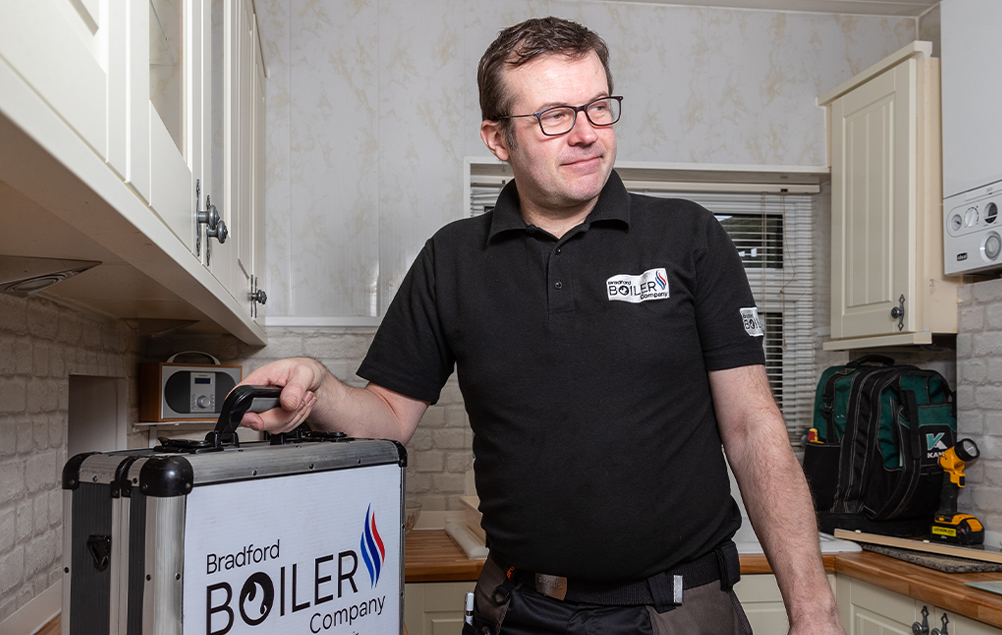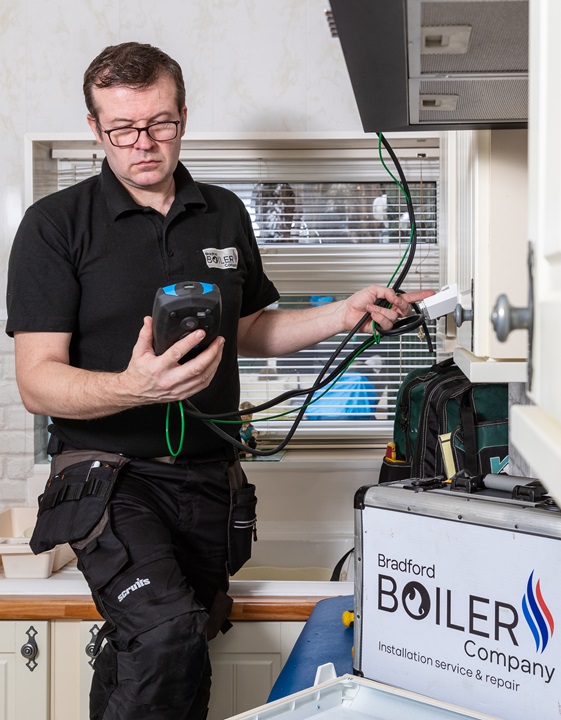What to check first:
Firstly check the pipework coming up through the floor to your radiator. If the pipe on one side is hot coming into the radiator, but no heat is coming through, then your radiator valves will need looking at. In a lot of cases, it will be the thermostatic radiator valve (TRV) where the pin is stuck in the valve or is corroded to a point where it won’t open. This will either need freeing or the TRV will need replacing. This will involve draining the central heating system to change it.
If the pipes are cold coming into the radiator:
The first thing you need to do is turn your central heating on and let the system heat up. Once the central heating system is warm, turn off all the other radiators, except the one that is not getting hot. Hopefully, you may hear some gurgling noises and heat start to come through the pipework. If this is the case you may have had an airlock due to uneven pipework under the floor. This is very common in open vented systems where you have a tank in the loft that supplies your heating system with water.
Leave your boiler running for about 10 minutes then re-check the radiator for heat. If there is still no heat coming through the radiator, change the TRV valve. If a new Valve does not cure the problem then it is most likely there is a blockage somewhere. This is where you will need to call the professionals in to investigate the problem. More than likely, the system will need a flush. For more information on this click here.
No radiators are working in my home:
If your radiators are not heating up and your boiler is working, you will need to check the central heating pump is working. A central heating pump distributes heated water from your boiler around your home’s central heating system. For this, we would recommend calling in the professionals. A common symptom of a failed pump is that you will hear popping and banging noises inside the boiler as the water boils but cannot be moved because of a failed pump.
One or more radiators are hot at the bottom, but cold at the top:
If this is the case, you will need to bleed the radiator to remove the air. Once this has been done and the air has been removed, the radiator will heat up again evenly across the top of the radiator. Remember If you have a sealed system, for example, a combi boiler, you will need to add some water back into your central heating system via the filling loop.
One or more of my radiators are hot at the top yet cold at the bottom:
The most likely cause of this is sludge within your radiators and central heating system. If this is the case you will need to call the professionals in for this one, this is something we would recommend getting the professional in to diagnose and rectify and not really something that should be done without the correct training and equipment. For more information on this click here.



